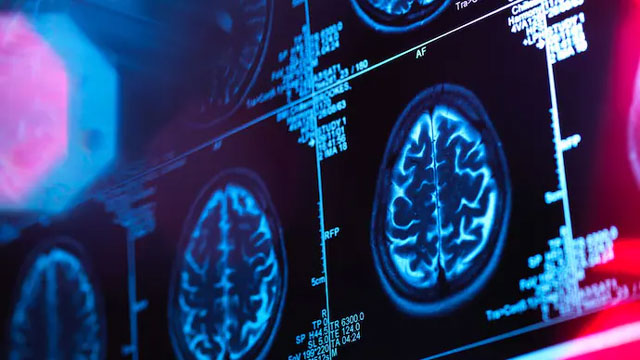Daijiworld Media Network – New Delhi
New Delhi, Oct 30: Once considered a disease of the elderly, strokes are now increasingly striking younger Indians — a worrying trend that experts attribute to modern lifestyles, rising stress levels, and early-onset metabolic disorders.
According to health experts, 1.5 to 1.8 million Indians suffer a stroke each year, making it one of the nation’s most pressing public health challenges. With an incidence rate of 130 to 170 per 100,000 people, stroke has become India’s second leading cause of death and third leading cause of disability.

Behind these alarming numbers are stories of lost time — because in stroke care, every minute matters. Experts warn that the difference between recovery and permanent disability, or even life and death, can be decided in just a few minutes.
“The modern lifestyle is ageing our arteries faster than our bodies,” said neurologist Dr. Bahrani, pointing out that strokes are now being seen in people as young as 30. “A decade ago, most stroke patients were over 60. Today, we regularly treat patients in their 30s and 40s.”
Medical data shows that 15–20% of Indian stroke patients are under 45, compared to less than 10% globally. This rise is linked to early-onset diabetes, hypertension, smoking, pollution, chronic stress, and poor sleep habits.
“Urban professionals, IT workers, and students who spend long hours on screens, skip sleep, and live sedentary lifestyles are increasingly showing early vascular risk,” Dr. Bahrani added.
Dr. Amitabh Gupta, Director of Neurology at PSRI Hospital, said that while awareness and treatment access have improved in cities, the overall number of stroke cases continues to rise due to lifestyle-related diseases such as obesity, diabetes, and hypertension.
“Sedentary habits, unhealthy diets, smoking, stress, and lack of exercise have contributed significantly to the increase,” Dr. Gupta said. “This is no longer an urban issue — rural populations are equally affected.”
Experts emphasize that immediate recognition and treatment can dramatically improve outcomes. “Every minute after a stroke, two million brain cells die,” Dr. Gupta warned. “Reaching the hospital within three hours can triple the chances of full recovery. Unfortunately, only one in ten patients in India get medical help in time.”
Doctors advise the public to watch for sudden weakness or numbness on one side of the body, slurred speech, blurred vision, severe headache, dizziness, or loss of balance.
“If these signs appear, rush to a hospital equipped with CT or MRI facilities, not a local clinic,” Dr. Gupta stressed. “Even a brief episode of weakness or slurred speech could be a mini-stroke — a warning sign before a major one.”
The future of stroke care lies in precision medicine, with a focus on faster diagnosis, smarter treatment, and early prevention.
Recent medical advances like mechanical thrombectomy — a minimally invasive procedure to remove a blood clot from an artery — have extended treatment windows up to 24 hours for select patients, offering new hope for recovery.
Doctors urge individuals to prioritize regular health check-ups, exercise, and stress management, reminding that stroke is largely preventable with timely lifestyle changes and awareness.